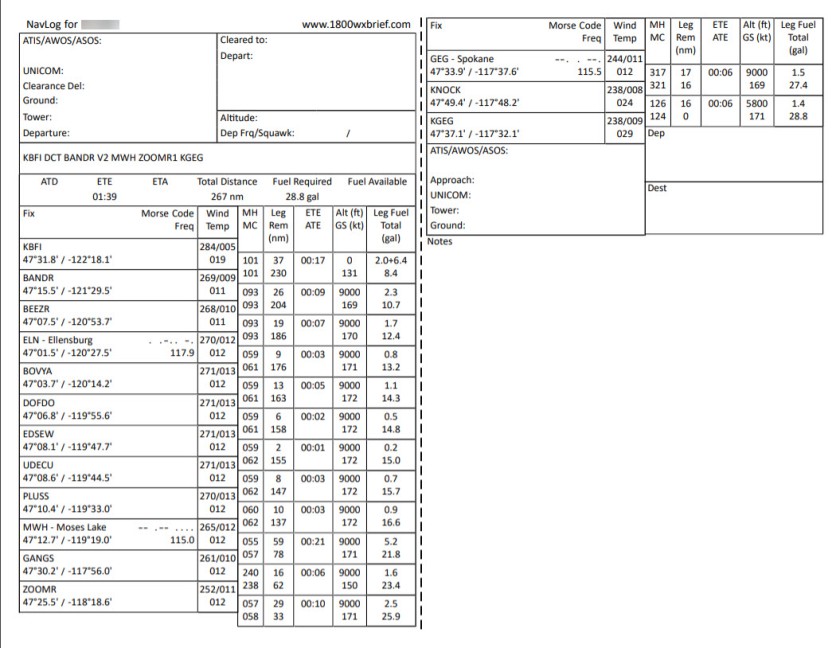The July/August 2018 issue of FAA Safety Briefing includes a note about the end of TIBS, the Telephone Information Briefing Service (TIBS) in the contiguous United States, effective Sept. 13, 2018.
(TIBS is recorded information, including weather reports and forecasts. Flight Service created TIBS when there was a large demand for briefings, with the potential for extremely long wait times. You can read about TIBS in AIM 7-1-8.)
The interesting news the in article, however, isn’t about TIBS, which most pilots don’t know about and therefore don’t use and won’t miss. Instead, there’s the following detail about how pilots are actually using FSS:
With the advent of the internet and other enabling technology, the demand for information from Flight Service specialists has declined. From more than 3,000 specialists in more than 300 facilities during the early 1980s, staffing has decreased to fewer than 400 specialists in three facilities. Radio contacts have dropped to less than 900 per day, from an average of 10,000 per day.
A chart from another FAA document shows the trend graphically:

This trend led to the end of Flight Watch in 2015 and a program to reduce the number of remote communications outlets (RCO) for FSS.
As the article notes, complying with 14 CFR 91.103 Preflight Action doesn’t require calling FSS (for more background, see What Qualifies as an Official Preflight Briefing? at BruceAir):
There are multiple sources available to pilots to access weather and aeronautical information, which are often presented in an easier to understand graphical format. Pilots no longer need to call a Flight Service specialist to adhere to Title 14 Code of Federal Regulations (14 CFR) section 91.103 to maintain awareness of weather and aeronautical information.








